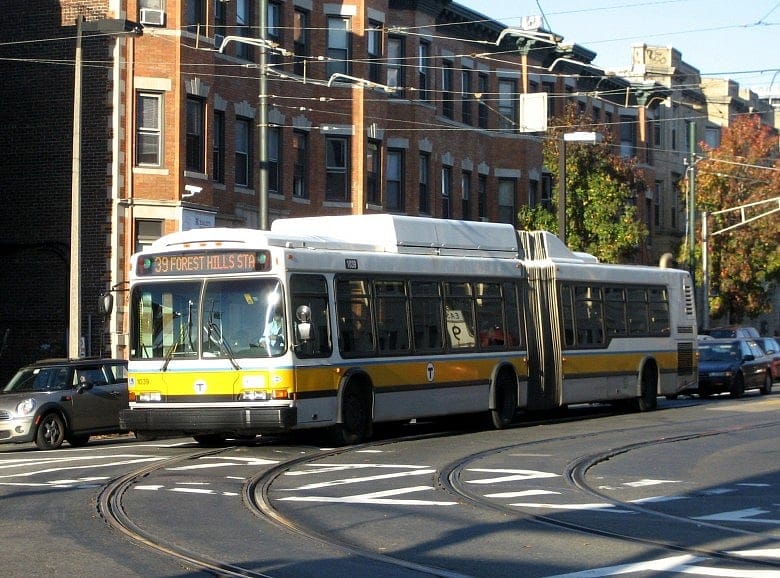Everett signal project could be model for quicker bus transit

EVERETT — The City of Everett is in talks with state transit officials about giving traffic signal priority to MBTA buses to improve service into the city, according to Transportation Secretary Stephanie Pollack.
A city of roughly 44,000 people as of 2014, Everett has 112 bus stops and 7,400 bus boardings a day, according to state figures.

